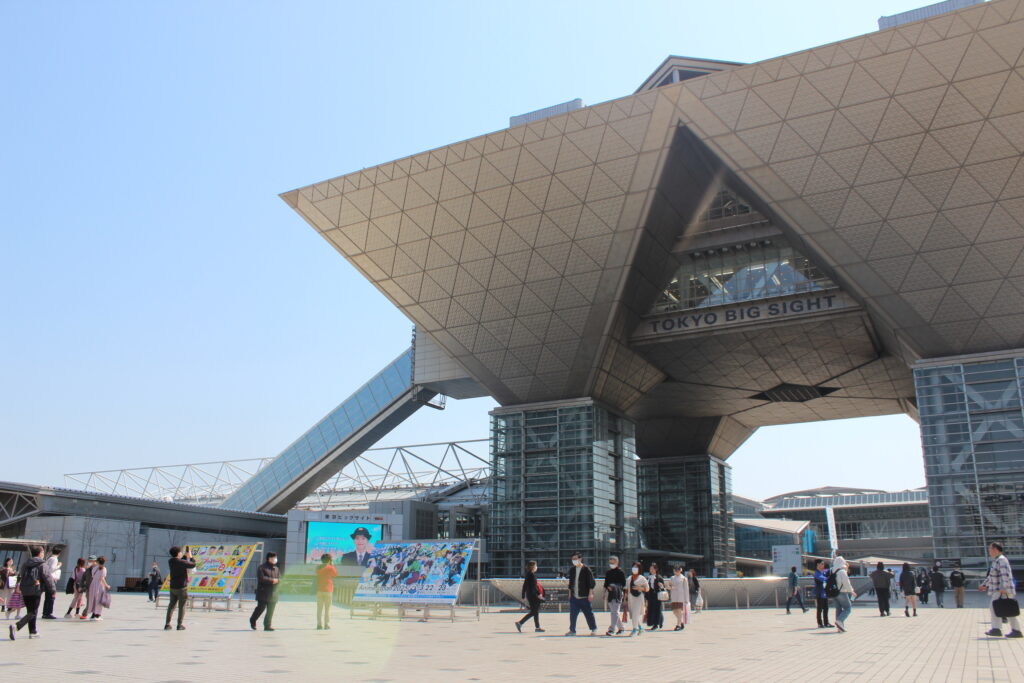
Hello, my name is Lee Hana. I usually work at a Japanese animation studio while also engaging in indie game development and participating in events.
Recently, I attended Anime Japan 2025 held at Tokyo Big Sight. It may come as a surprise, but I haven’t participated much in offline events related to animation, and this was my first experience at such a large-scale event.
Therefore, the major event in the anime industry that I experienced this time was a valuable opportunity to see a different kind of excitement and content than usual. Interestingly, I was able to find some similarities with the game events I have attended in the past. In this article, I would like to share the landscape of this year’s Anime Japan from the perspective of someone who works at an animation studio while also developing indie games.
The Difference in Atmosphere Between Game Shows and Anime Japan
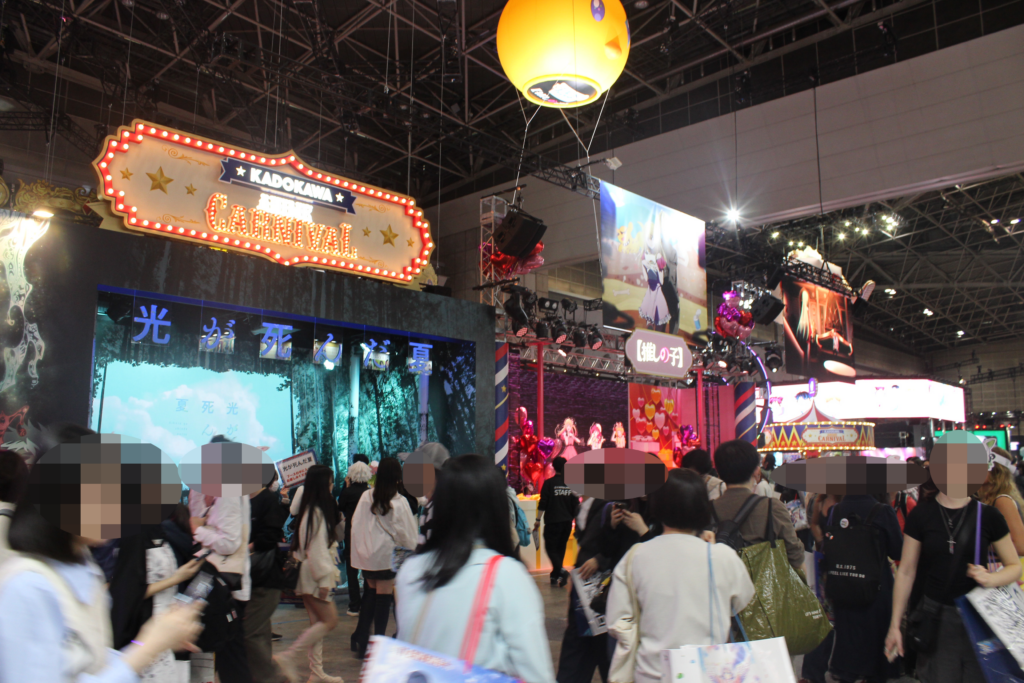
The event that felt most similar in overall atmosphere and scale was the Tokyo Game Show held at Makuhari Messe last September. The massive booths and the large crowds made it clear that the event was attracting attention from around the world. There were many foreign visitors, and since each booth had interactive content like lotteries, I felt that they were actively drawing in attendees.
It’s not a big deal, but one difference I noticed was that the emphasis on exhibits was greater compared to a typical game show. As a result, the flow of people within the venue became extremely important, and the management’s ability to guide attendees to prevent bottlenecks was crucial.
Differences in Visitor Behavior Patterns and Exhibition Methods
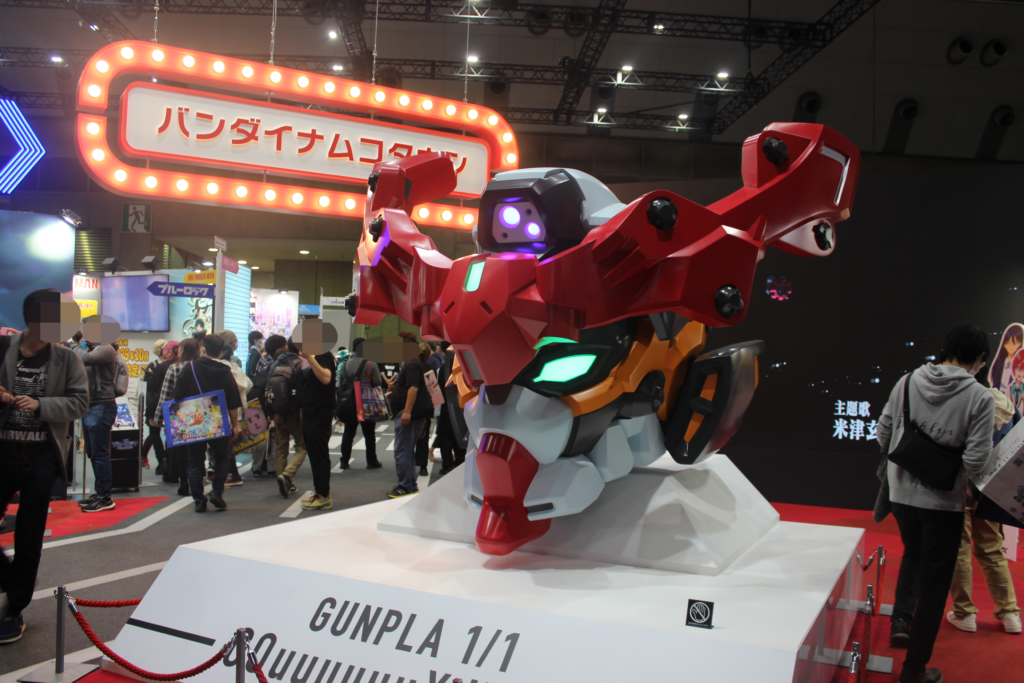
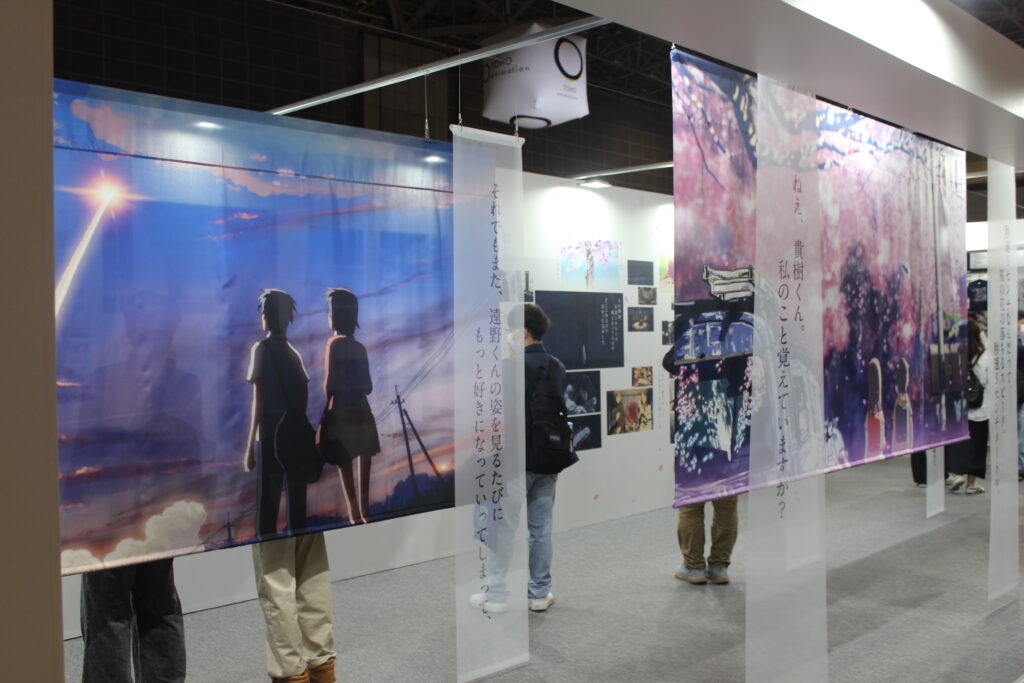
Even at the same event, there were displays with quite different atmospheres, making it a joy to watch.
What particularly stood out as a difference from game events was the sheer number of people taking photos. At first glance, one might think that there are many people taking photos and videos at game shows as well, but unlike game events that focus on playtesting, anime events primarily revolve around viewing exhibits and participating in stage events. Therefore, the ratio of photo-taking was overwhelmingly high, and as a result, there was careful consideration given to the flow of people within the booths.
There are also differences in the behavior of attendees. They tend to move along more patterned routes, and I felt that the staff’s ability to guide them was very sophisticated. If I had a friend attending an anime event for the first time, I would want to tell them to pay attention to these aspects.

Moreover, the most attractive aspect of anime events is undoubtedly the opportunity to glimpse behind the scenes of production. The hidden stories of animation production—from planning to settings, background art, and filming—are undoubtedly a treat for fans who love the works. By viewing the original drawings and original footage on display, it introduced how the anime we usually watch is made and how creators face their work with passion, from the perspective that fans want to know. This “public disclosure of the production process” is something I feel is rarely seen at game events, but what do you think?
Due to these characteristics, the ways to enjoy anime events also become diverse. Similar to game events, there are people who are enthusiastic about obtaining merchandise from popular titles, those who chase after stage events, and those who want to know the behind-the-scenes of production, each enjoying the event in their own way. I thought it was wonderful that there are plenty of options available to experience according to one’s interests at anime events.
Games and Anime, Two Worlds Intersecting
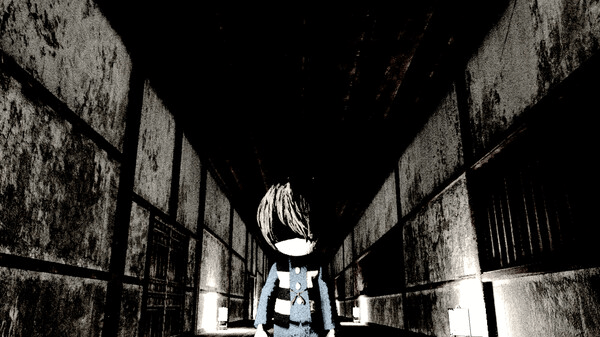
While we often see novels and manga being adapted into anime, I feel that media mixes between games and anime have become a common sight recently. The significant difference between the two is that the transition from novels and manga to anime is fundamentally one-way (meaning there is a strong tendency to ultimately settle on anime adaptation), whereas the relationship between games and anime is increasingly becoming a two-way media mix. This allows fans to enjoy content in more diverse forms.
One of the reasons behind this phenomenon is that the fan base consuming anime and games is very closely related. It no longer feels like a choice between “anime or games,” but rather a growing awareness of providing “both anime and games,” and I expect this trend to strengthen even further in the future.
At this year’s Anime Japan, there were numerous announcements not only about the adaptation of popular anime into games but also about projects to adapt hit games into anime. The fan communities of both media are also merging, and among cosplayers, there are increasing numbers of people who enjoy both game characters and anime characters.
I feel that such cross-boundary collaborations are expanding the possibilities of the entire content industry. Creators are also increasingly finding opportunities to work across media boundaries, and there seems to be a vibrant movement to explore new forms of expression.
Epilogue: A New Way to Enjoy Found at the Intersection of Two Cultures
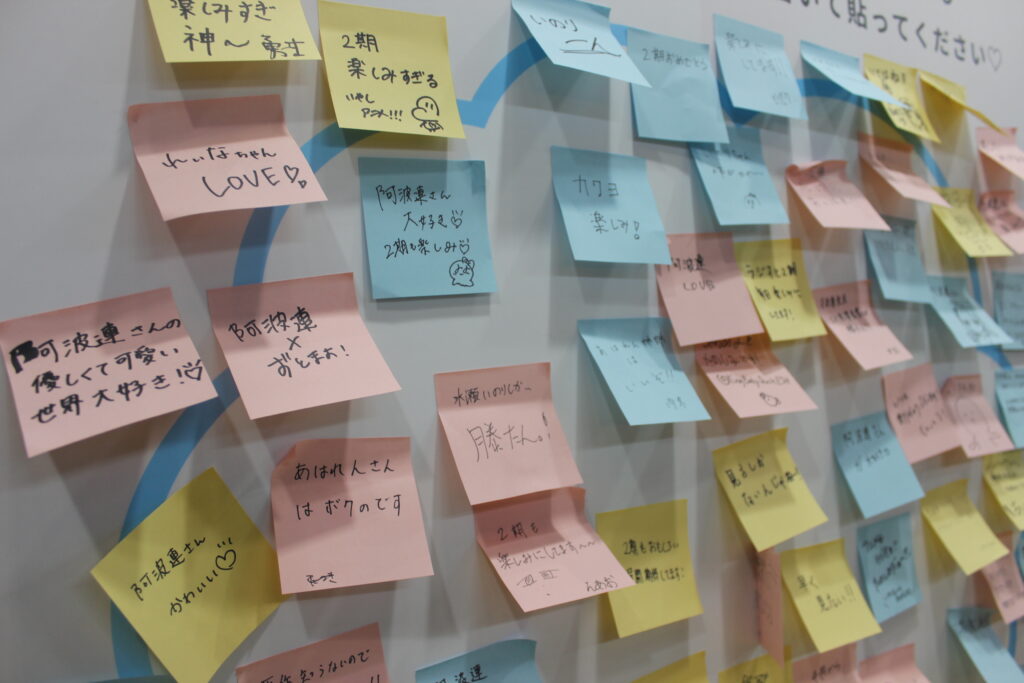
After going around Anime Japan 2025, what I felt as a game developer was the “fusion of boundaries” in the future of the entertainment industry. While moving between the seemingly similar yet different worlds of game shows and anime events, I found myself more attracted to the way they are gradually blending together rather than their differences.
I feel like I have discovered essential commonalities in enjoying content beyond the superficial differences in exhibition methods and visitor movement patterns. The joy of immersing oneself in the world of anime and the fun of adventuring in the world of games may ultimately stem from the same desire for a wonderful storytelling experience. Moreover, the enthusiasm of fans enjoying these experiences is surprisingly similar.
As I walked around the venue, I often heard attendees saying, “This anime would be interesting as a game” or “I want to see this game world as an anime”—such casual remarks were exchanged naturally. As a fan, I found myself thinking that many times. There is a genuine desire to enjoy beloved works in various forms.
As someone who works at an animation studio while being involved in indie game development, I sometimes ponder, “Which fandom am I enjoying?” However, through this Anime Japan, I felt that such distinctions may no longer be necessary. It’s a simple realization that one can enjoy what they love in various forms as much as they want.
Moving forward, I want to continue enjoying both worlds of anime and games, both as an audience member and sometimes as a creator. And next, I hope to enjoy encounters with various works from a new perspective, utilizing this experience at another game event.
Anime Japan 2025 became a place for me to discover new ways to enjoy content that goes beyond just participating in an event. If you have the opportunity, why not visit a slightly different type of event than usual? You might make unexpected discoveries.
